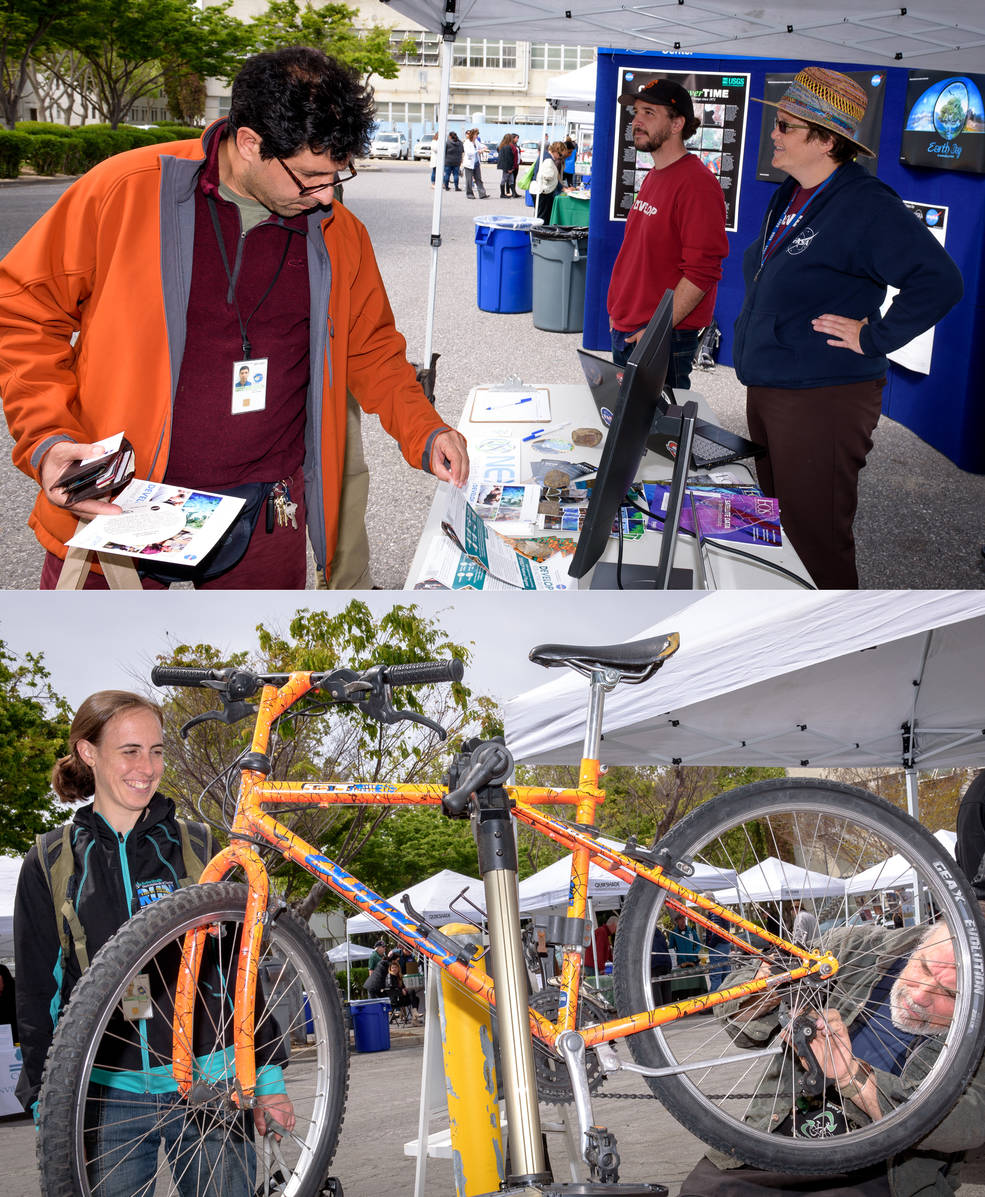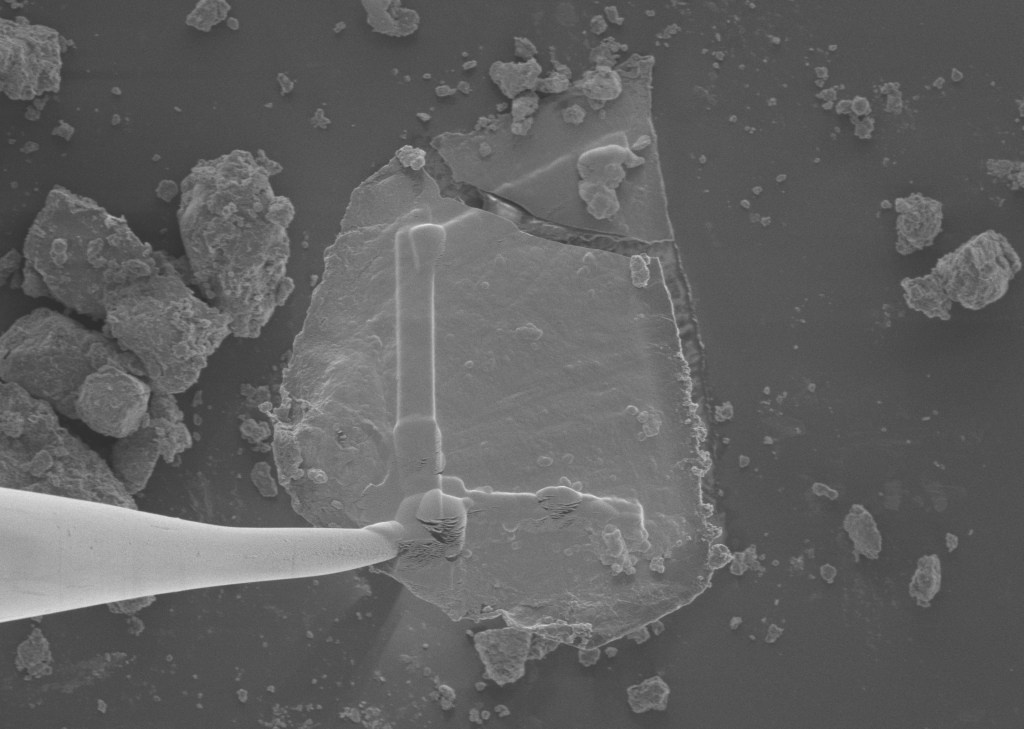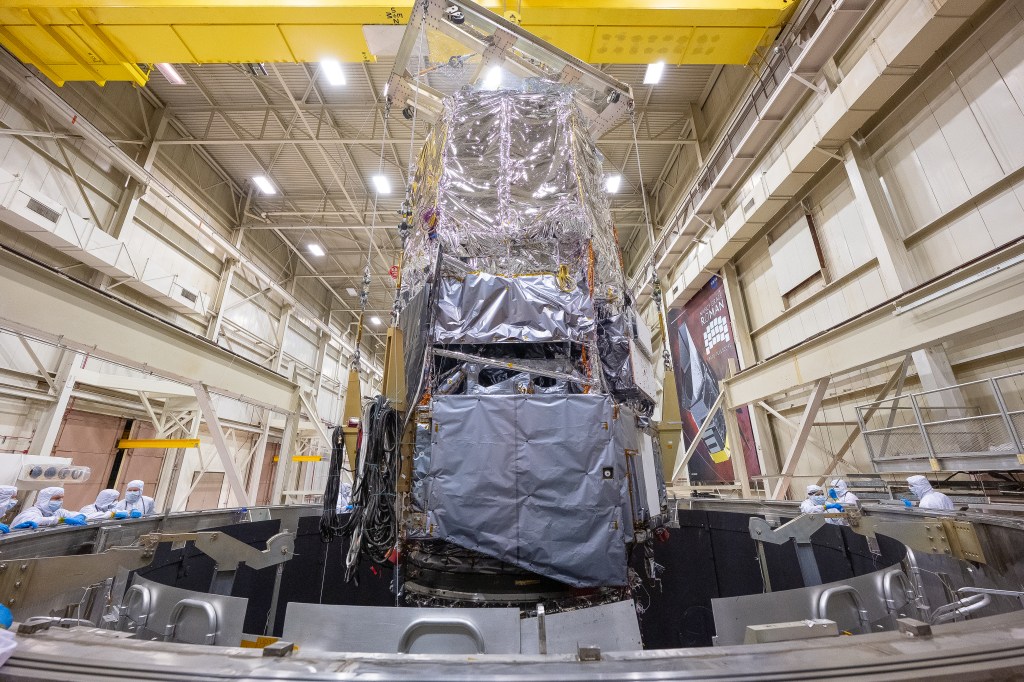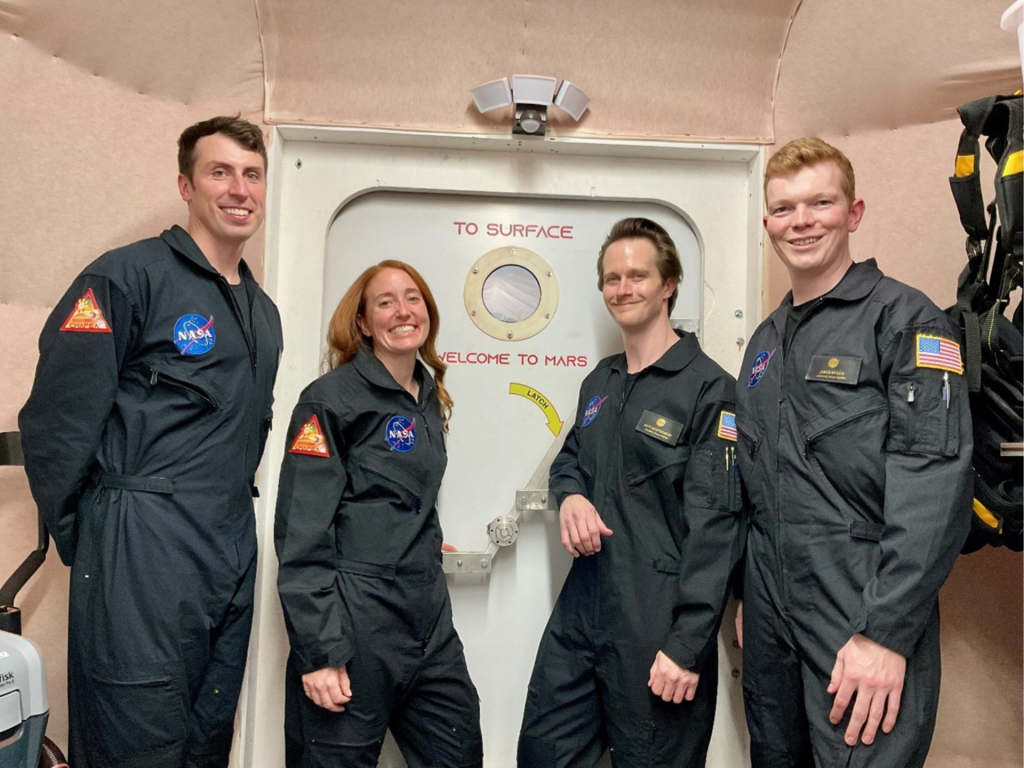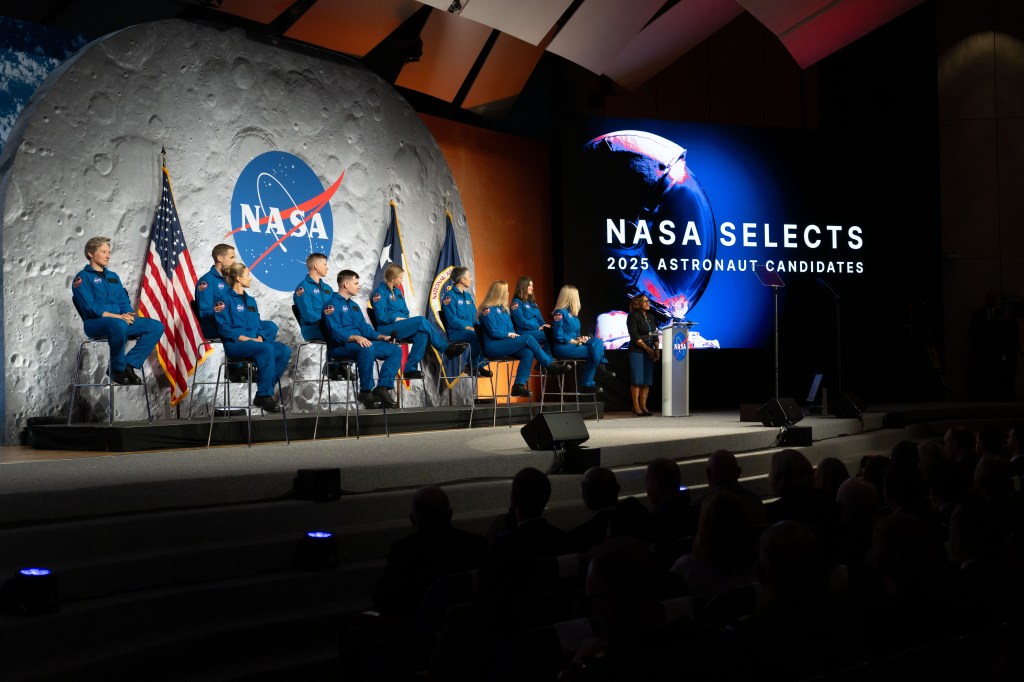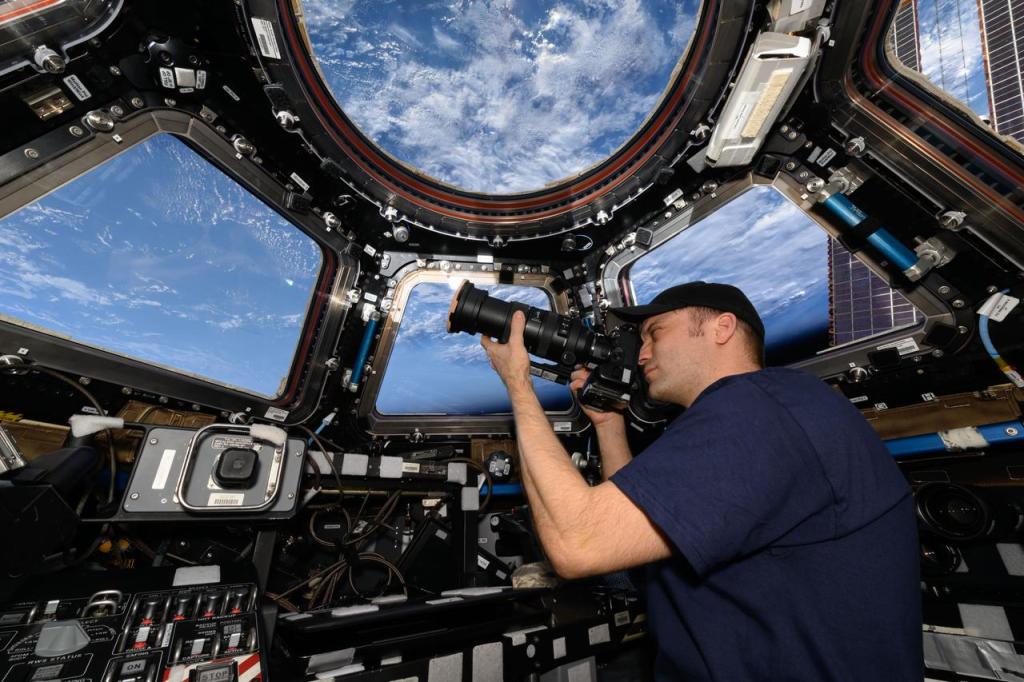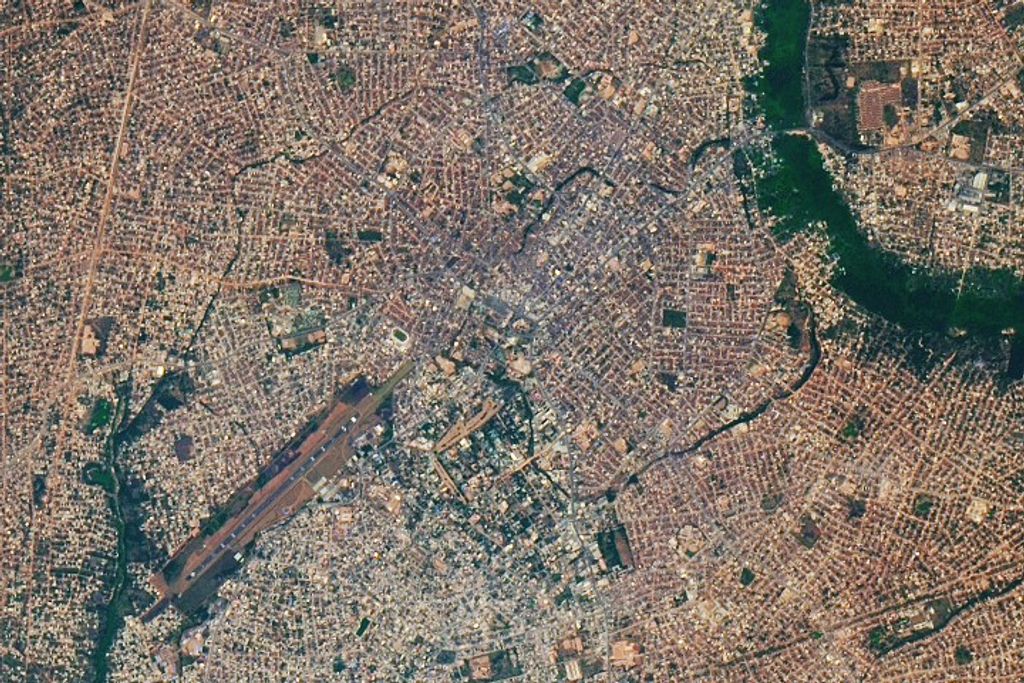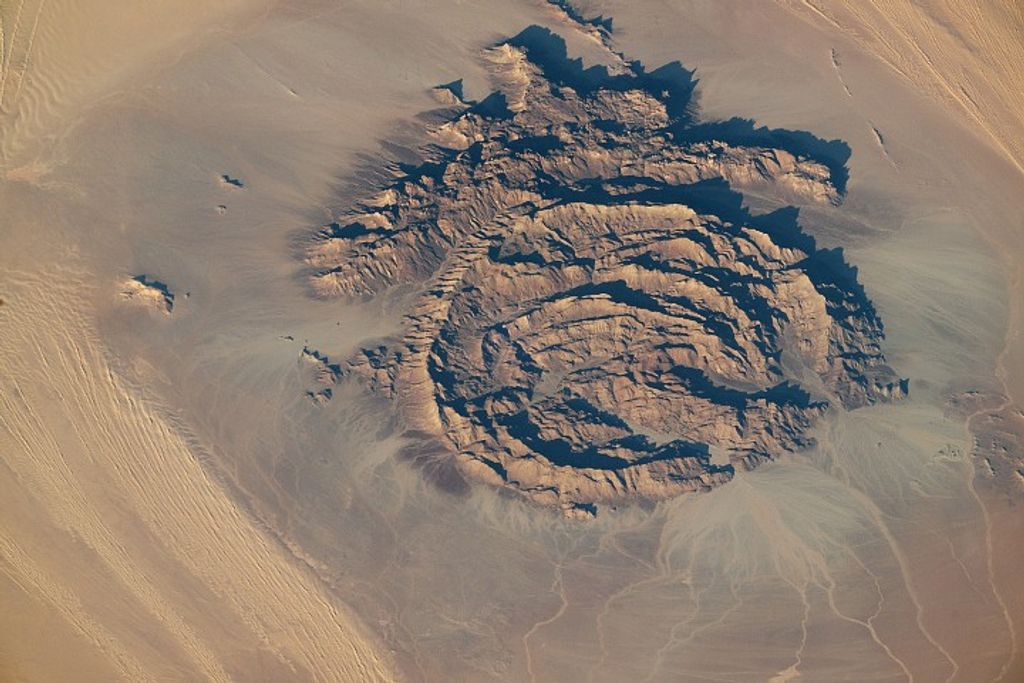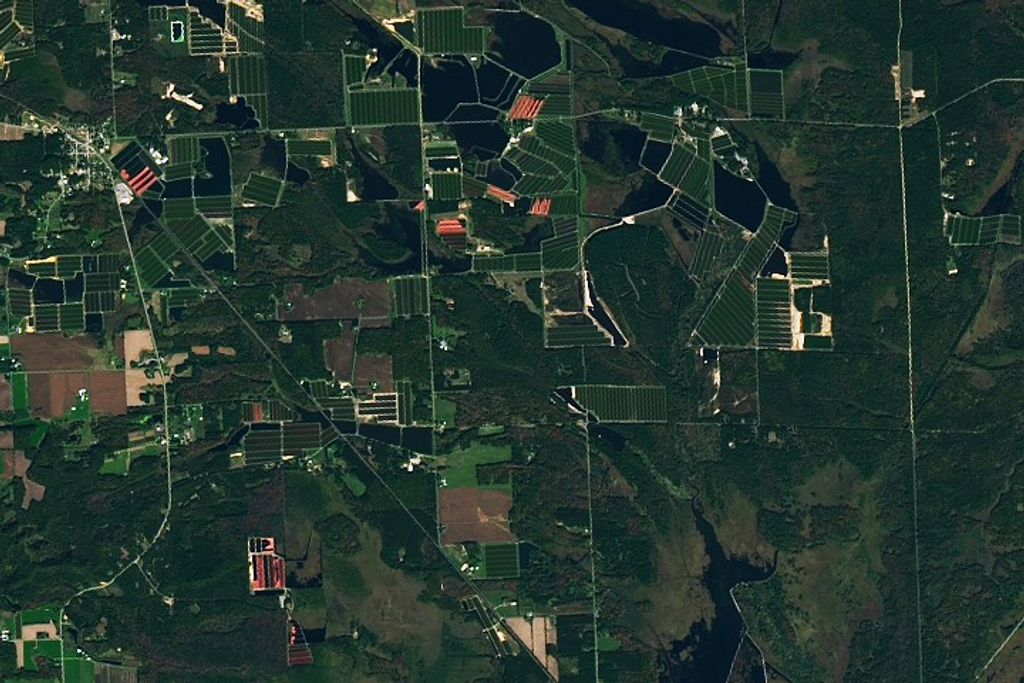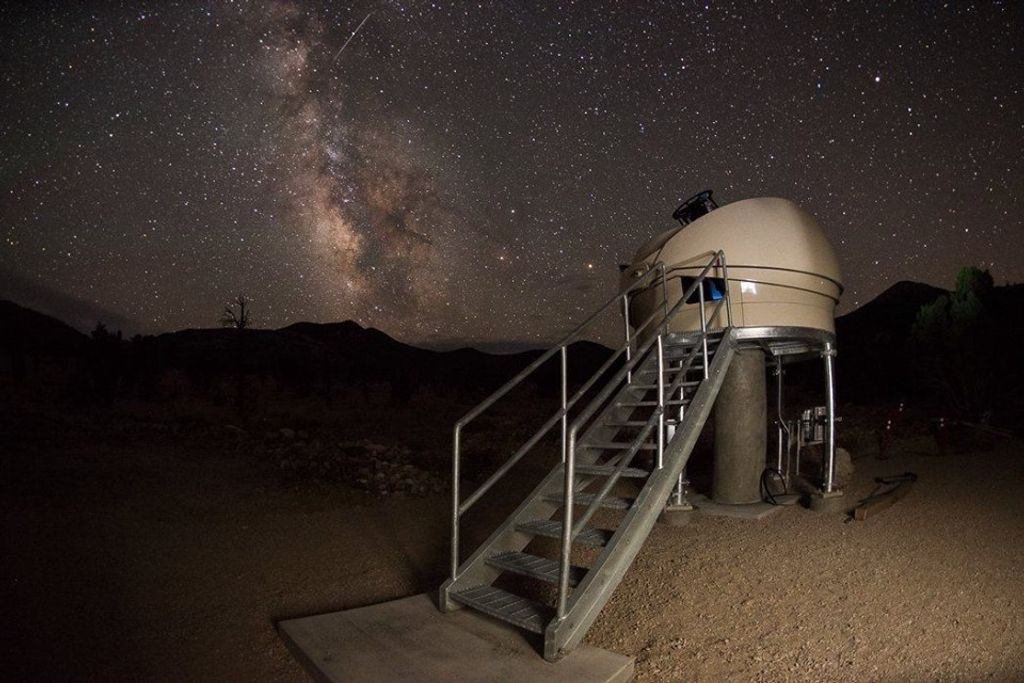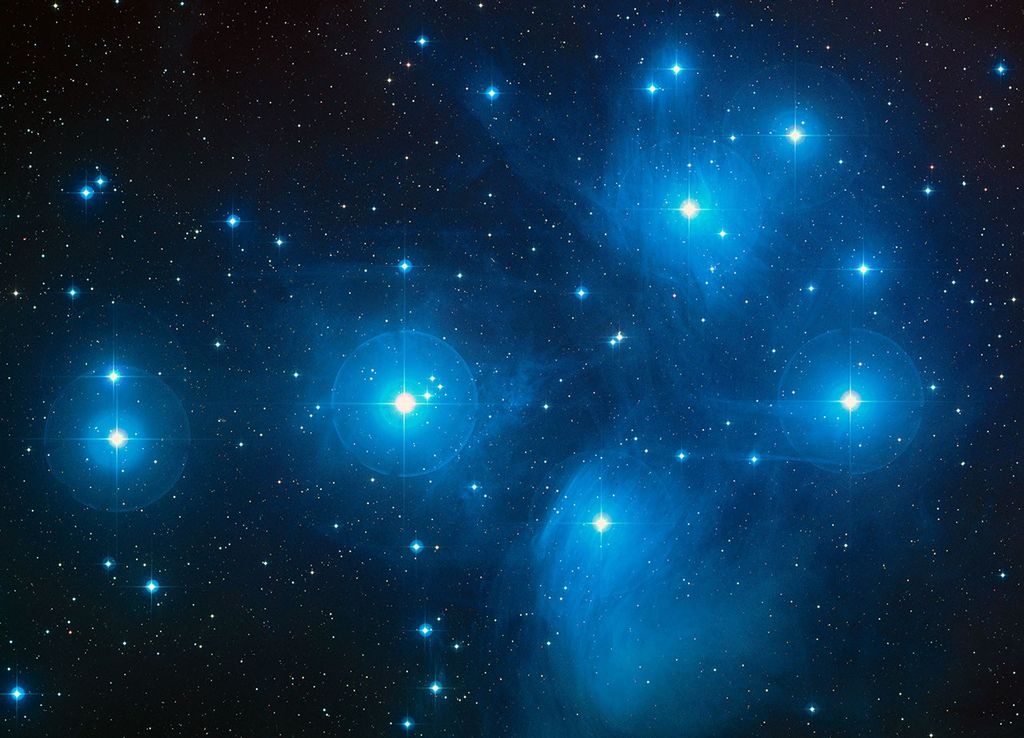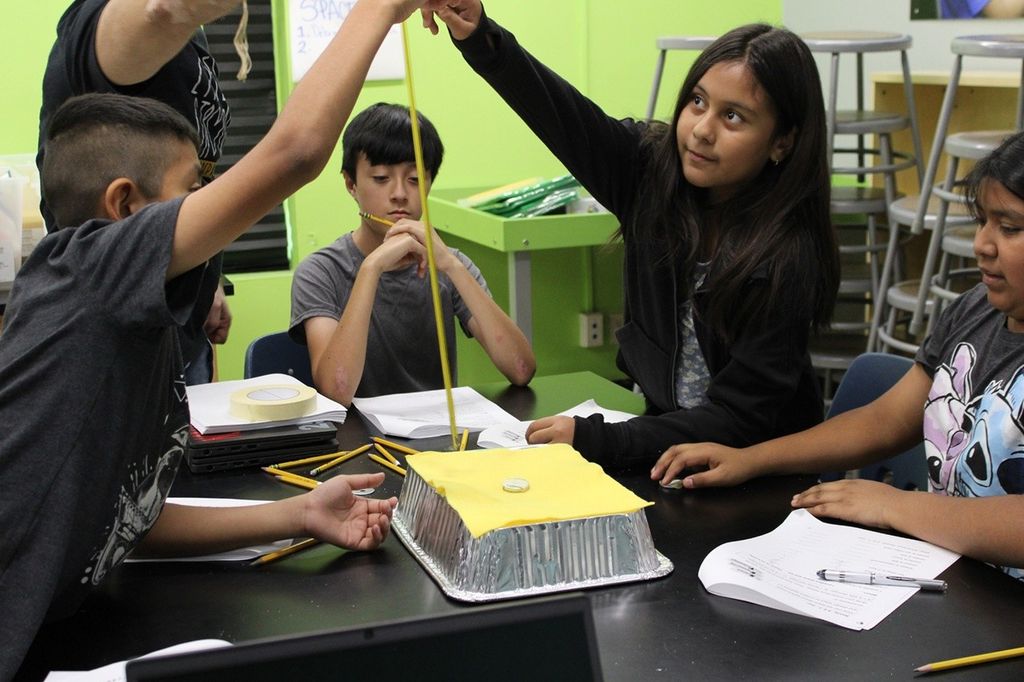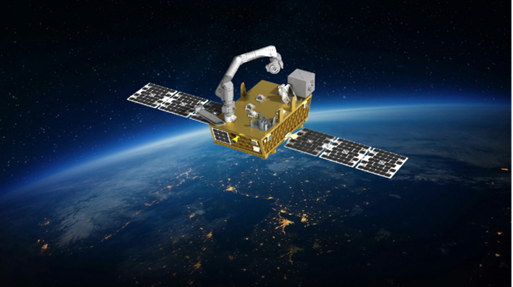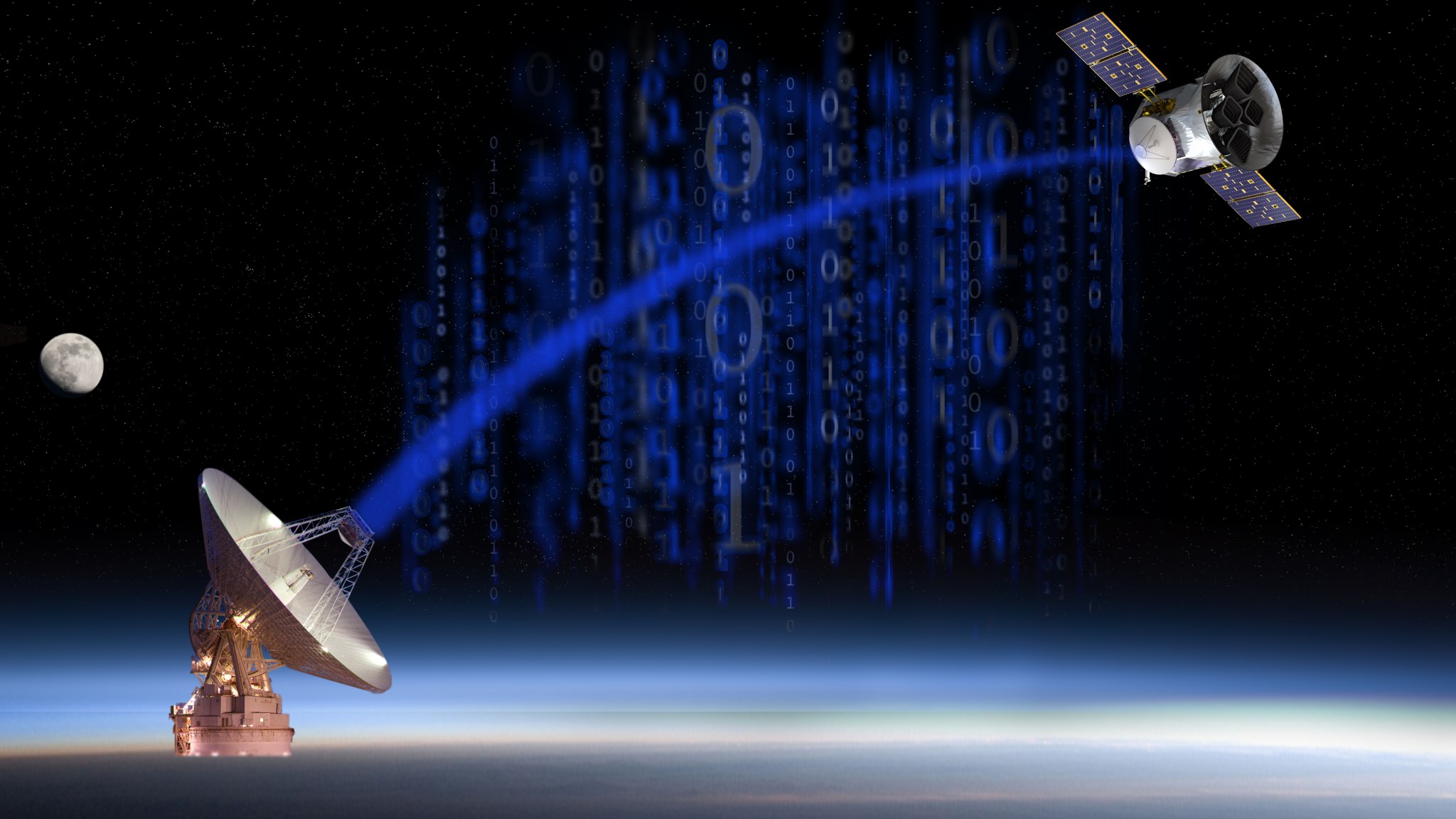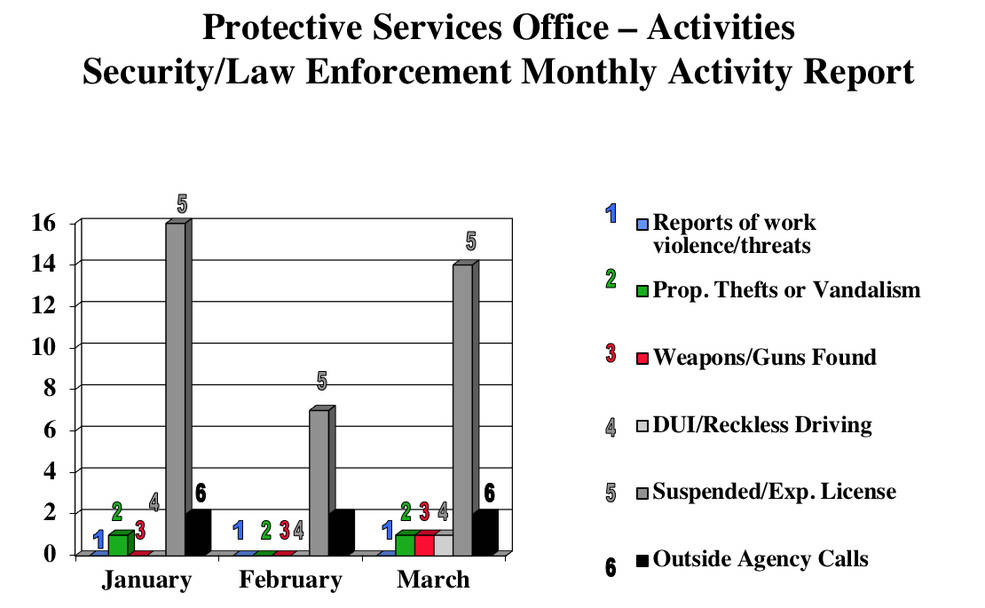Transiting Exoplanet Survey Satellite (TESS) Science Data Pipeline – to New Planet Discoveries
NASA’s ongoing search for life in the universe produces a lot of data. The agency’s new planet-hunting mission, the Transiting Exoplanet Survey Satellite, or TESS, graphic above, will collect 27 gigabytes per day in its all-sky search for undiscovered planets orbiting 200,000 of the brightest and closest stars in our solar neighborhood. That’s the equivalent of about 6,500 song files beaming down to Earth every two weeks. The music of the stars, however, is not as polished for human ears as the latest Taylor Swift album. To get ready for scientific discovery, the data needs a bit of fine tuning.
For full story, see: TessPipeline
NASA Selects New Technologies for Flight Tests for Future Space Exploration
by Kimberly Minafra
Through NASA’s Space Technology Mission Directorate’s Flight Opportunities program, six promising space technologies, above, have been selected to be tested on commercial low-gravity-simulating aircraft and suborbital rockets. The opportunity to fly on these vehicles helps advance technologies closer to practical use by taking them from a laboratory environment to the real world.
For full story, see: NewTechnologiesForFlightTests
Mission Support Future Architecture Program (MAP) All-Hands Held

Sir Roger Penrose Presents, “New Cosmological View of Dark Matter, which Strangely and Slowly Decays”

What’s Happening in Orion’s Horsehead Nebula?
by Kassandra Bell

Two research teams used a map from NASA’s Stratospheric Observatory for Infrared Astronomy, SOFIA, to uncover new findings about stars forming in Orion’s iconic Horsehead Nebula. The map reveals vital details for getting a complete understanding of the dust and gas involved in star formation.
The Horsehead Nebula is embedded in the much larger Orion B giant molecular cloud and is extremely dense, with enough mass to make about 30 Sun-like stars. It marks the boundary between the surrounding cold molecular cloud — filled with the raw materials needed to make stars and planetary systems — and the area to the west where massive stars have already formed. But the radiation from the stars erodes those raw materials. While the cold molecules, like carbon monoxide, deep within the dense nebula are sheltered from this radiation, molecules on the surface are exposed to it. This triggers reactions that can affect star formation, including the transformation of carbon monoxide molecules into carbon atoms and ions, called ionization.
For full story, see: OrionHorseheadNebula
45 Years Ago Pioneer 11 Launches, Becomes First Human-made Object to Fly Past Saturn
by Danielle Carmichael
The spacecraft Pioneer 11, launched 45 years ago on April 5, 1973, became the first human-made object to fly past Saturn. Along with its sister spacecraft Pioneer 10, Pioneer 11 completed direct observations of Jupiter, focusing on the planet’s polar regions, obtaining in-depth photos of Jupiter’s giant red spot and determining the mass of Jupiter’s moon Callisto. Pioneer 11 used Jupiter’s massive gravitational field to swing back across the solar system to set itself on a flyby course with Saturn, spending 22 years exploring deep space.
For full story, see: Pioneer11
Ames Protective Services Teaches Ames Childcare Center Children about Being Safe
On Wednesday, April 18, 2018, during the mid morning, NASA Ames Protective Services, of American Paragon Protective Services (APPS), Officer Gina Garibaldi (seen above reading to the children), Captain John Nebres (in the McGruff costume above) and Chief Noel MacDougall were invited to the Ames Child Care Center to conduct a book reading. Officer Garibaldi read the children’s book “Hoot” to approximately 60 children ranging in ages from 24 months to five years old. Coloring books of McGruff the Crime Dog instructing students on the use of the 9-1-1 system and other important safety measures, along with NASA stickers, were given to each child by Chief MacDougall. The children received a surprise when the character from the coloring book “McGruff the Crime Dog” appeared during story time. The participation from the teachers and staff added excitement as the children posed with McGruff for photos. Nothing is more fulfilling than hearing the children laugh and interact with the officers from Protective Services. APPS employees are law enforcement veterans with a combined service of close to 40 years. Officer Garibaldi served with the East Palo Alto Police Department before coming to Ames and has been with NASA Ames Protective Services Office for more than 18 years, continuing to serve the Ames community. In addition to working at Ames, Officer Garibaldi volunteers her free time coordinating events for children who participate in the Special Olympics. Chief MacDougall retired from the Foster City Police Department with a successful career as a Sergeant. Chief MacDougall can be seen standing the gates with the security officers greeting employees and guests as they arrive at Ames. Chief MacDougall will often take a patrol vehicle to ensure that the NASA Ames community is safe and being served by the officers who work in Protective Services.
New Earth-friendly, Sustainable Products Displayed at Ames Earth Day Fair
